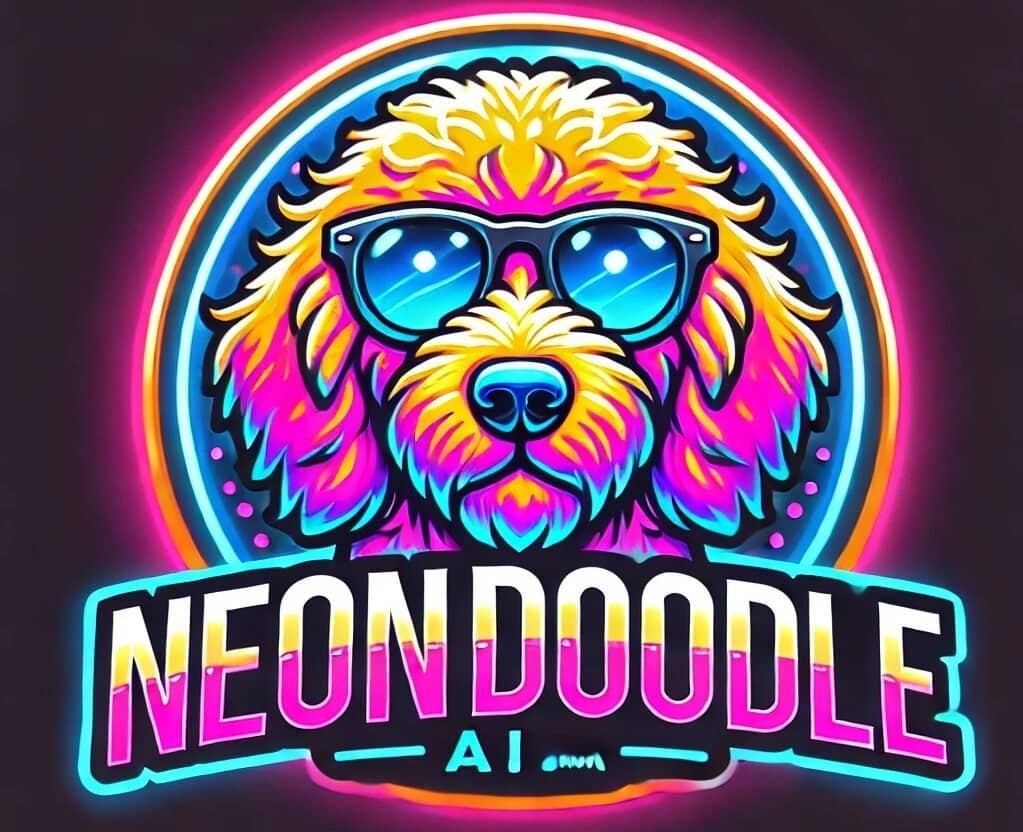
Data Privacy vs. AI Progress: Can We Find a Balance?
Explore the debate around data privacy and AI progress. Can we find a balance that protects personal information while driving technological advancements?
Data Privacy vs. AI Progress: Can We Find a Balance? Read More »



